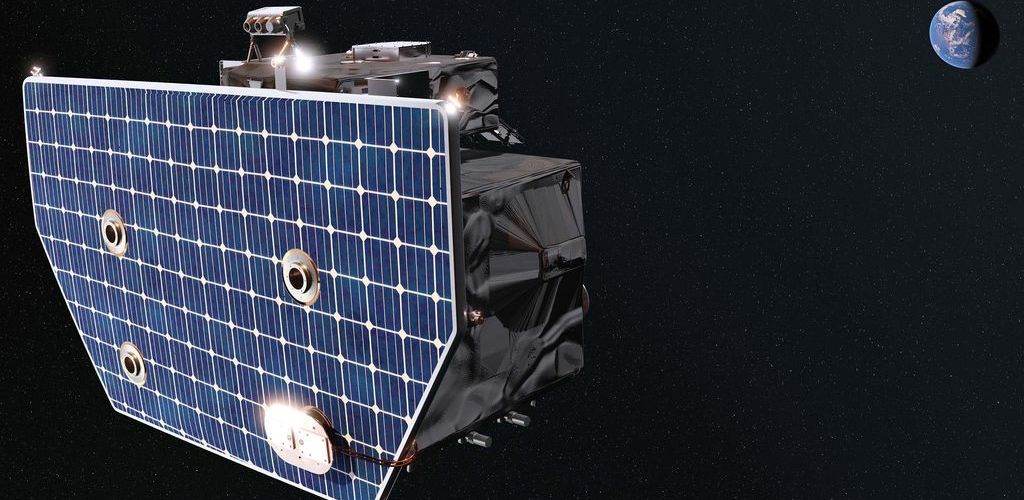ENG faculty and students take part in first mission to study atmosphere’s outer limits
More than 6,000 miles into space, Earth’s outermost atmosphere—called the exosphere—emits a glow like a bright neon halo. Known as the geocorona, this distant luminescent ultraviolet light is extremely difficult to photograph and study. But on September 24, a NASA satellite called the Carruthers Geocorona Observatory was launched to do just that. And the mission has Boston University’s fingerprints all over it.
The project is led by BU alum Lara Waldrop (CAS’97, GRS’04), now an associate professor at the University of Illinois Urbana-Champaign, and John Clarke, a BU College of Arts & Sciences professor emeritus in astronomy.
Moreover, the satellite includes a device designed and built by BU College of Engineering Associate Professor Brian Walsh (ME) and his students and colleagues in the BU Space Physics & Technology Lab. This device, the Carruthers Observatory Student Solar Monitor (COSSMo), uses an array of photodetectors that measure the flow of photons from the sun.
The Carruthers mission promises to give scientists a better understanding of the basic physical principles that have allowed Earth to maintain a stable atmosphere—unlike those of Mars and Venus, which have been lost in a process called atmospheric escape.
“Scientifically, COSSMo and the entire Carruthers Geocorona Observatory will be groundbreaking,” says Walsh. “Much of the community is sitting at the edge of their seats to see the first images, showing how our outer atmosphere evolves with time.”
